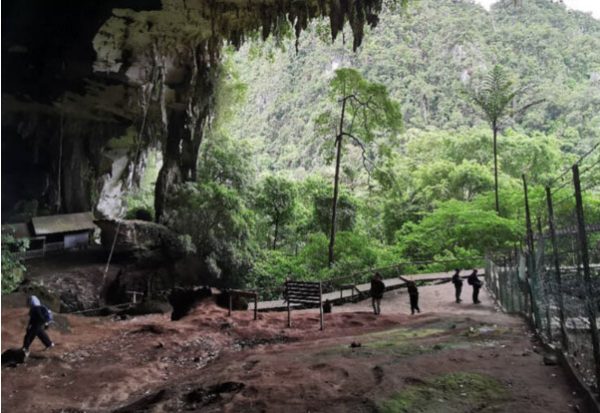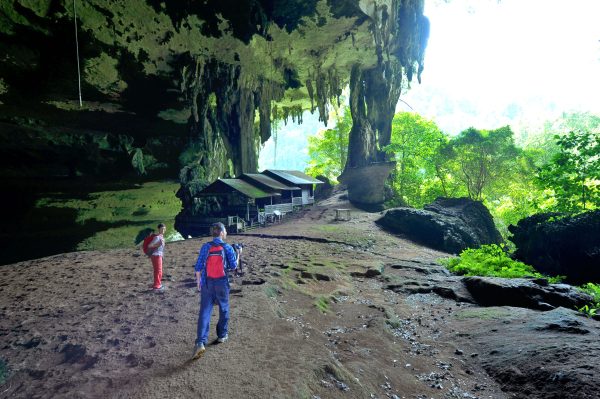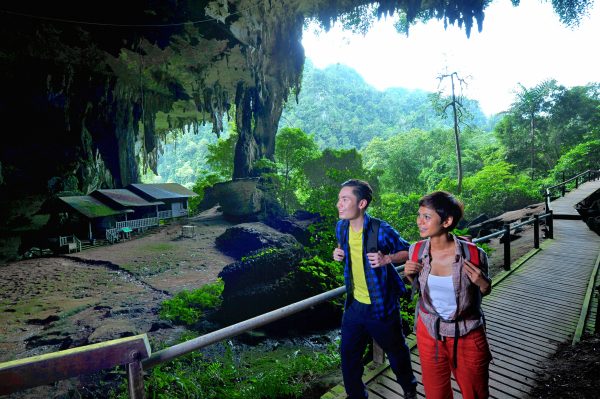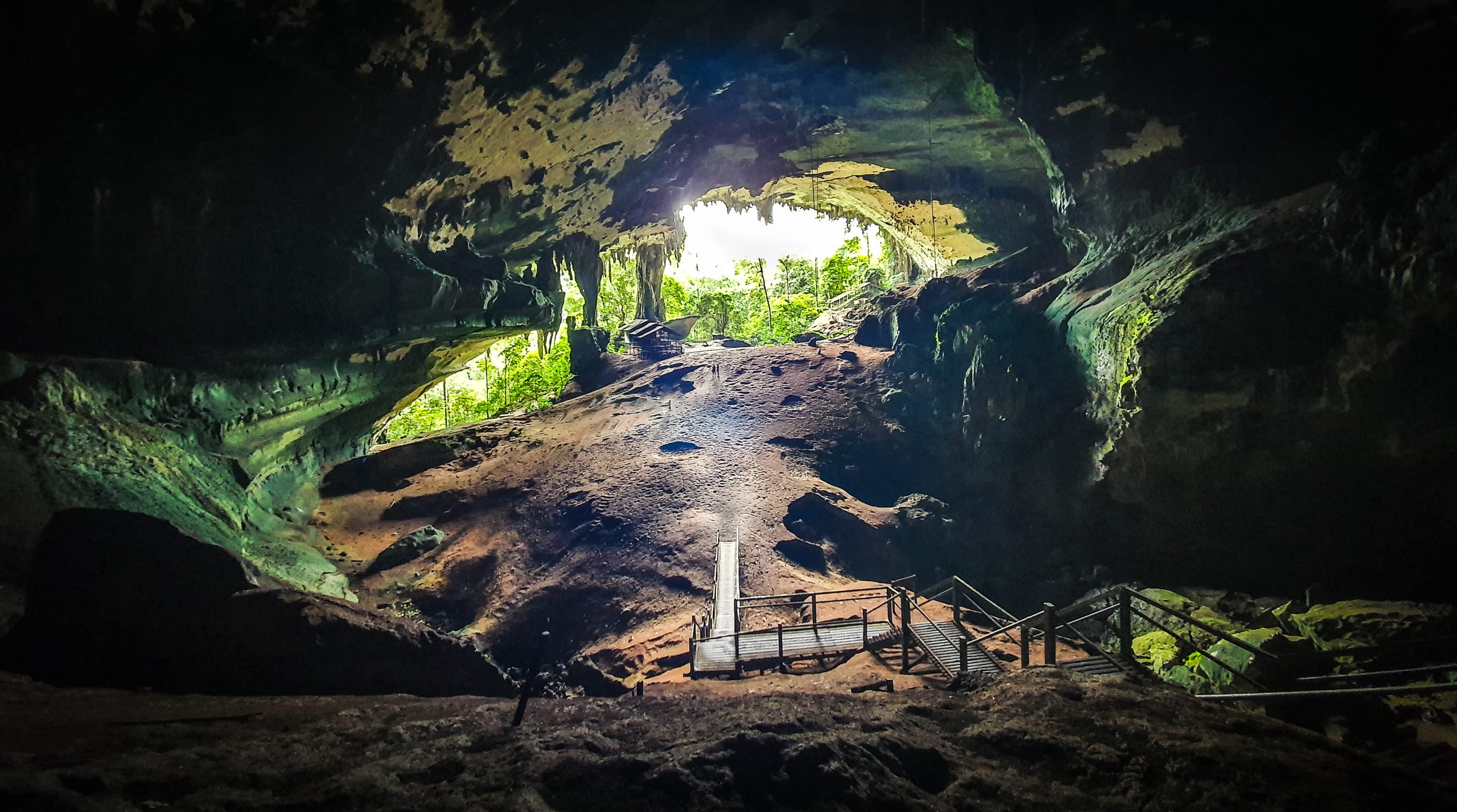KUCHING Sarawak, 31 July 2024: Niah Caves National Park in Sarawak, Malaysia, has been recognised as a UNESCO World Heritage Site, the Tourism, Arts and Culture Ministry (Motac) confirmed on Sunday.
The citation followed last week’s 46th Session of the UNESCO World Heritage Committee, hosted in Delhi, India. At that session, the 21 member states that make up the committee announced the addition of 24 sites worldwide to the 1,999 sites already recognised.

“Including the latest addition, Malaysia has five Unesco World Heritage Sites. The others are Sarawak’s Mount Mulu National Park (2000), Sabah’s Kinabalu Park (2000), Melaka and George Town Historical Cities (2008) and Perak’s Lenggong Valley Archaeological Site (2012),” Motac noted in its press statement.
The UNESCO World Heritage Convention has recognised 1,199 sites as world heritage sites under the 1972 Convention Concerning the Protection of the World Cultural and Natural Heritage.
Malaysia
- Gunung Mulu National Park
- Kinabalu Park
- Melaka and George Town, Historic Cities of the Straits of Malacca
- Archaeological Heritage of the Lenggong Valley
- The Archaeological Heritage of Niah National Park’s Caves Complex
In its citations for the 24 additions, the World Heritage Convention identified the distinct attributes of each property posted on its website.


The Archaeological Heritage of Niah National Park’s Caves Complex Malaysia
“This complex of colossal, interconnected caverns is located near the west coast of Borneo Island at the centre of Niah National Park. It contains the longest known records of human interaction with rainforests, spanning at least 50,000 years, from the Pleistocene to the Mid-Holocene periods. The rich archaeological deposits, prehistoric rock paintings, and boat-shaped burials found at the northern edge of the massif illustrate biological and human life during this time and contribute greatly to the knowledge of human development, adaptation and migration in Southeast Asia, as well as in a global context. Local communities still observe an ancient tradition of ‘molong’ — ‘take only what you need’ — when harvesting guano and valuable edible bird’s nests from the caves.”
Malaysia’s application for Niah National Park to be considered by the World Heritage Convention commenced in 2019, with the official submission presented to the committee in 2021.
Criteria for selection
To be included on the World Heritage List, sites must be of outstanding universal value and meet at least one out of ten selection criteria. Until the end of 2004, World Heritage sites were selected based on six cultural and four natural criteria. With the adoption of the revised Operational Guidelines for the Implementation of the World Heritage Convention, only one set of 10 criteria exists.
Selection criteria
(i) Represents a masterpiece of human creative genius;
(ii) to exhibit an important interchange of human values over a span of time or within a cultural area of the world on developments in architecture or technology, monumental arts, town-planning or landscape design;
(iii) to bear a unique or at least exceptional testimony to a cultural tradition or to a civilisation which is living or which has disappeared;
(iv) to be an outstanding example of a type of building, architectural or technological ensemble or landscape which illustrates (a) significant stage(s) in human history;
(v) to be an outstanding example of a traditional human settlement, land use, or sea use which is representative of a culture (or cultures) or human interaction with the environment, especially when it has become vulnerable under the impact of irreversible change;
(vi) to be directly or tangibly associated with events or living traditions, ideas, or beliefs, with artistic and literary works of outstanding universal significance. (The Committee considers that this criterion should preferably be used in conjunction with other criteria);
(vii) to contain superlative natural phenomena or areas of exceptional natural beauty and aesthetic importance;
(viii) to be outstanding examples representing major stages of earth’s history, including the record of life, significant ongoing geological processes in the development of landforms, or significant geomorphic or physiographic features;
(ix) to be outstanding examples representing significant ongoing ecological and biological processes in the evolution and development of terrestrial, freshwater, coastal and marine ecosystems and communities of plants and animals;
(x) to contain the most significant natural habitats for in-situ conservation of biological diversity, including those containing threatened species of outstanding universal value from the point of view of science or conservation.
Committee makeup
The World Heritage Committee is one of the two bodies governing the Convention for the Protection of the World’s Cultural and Natural Heritage. It comprises the representatives of 21 States, elected from the 195 member states that are signatories to the Convention.
For more information on Sarawak visit www.sarawaktourism.com.







